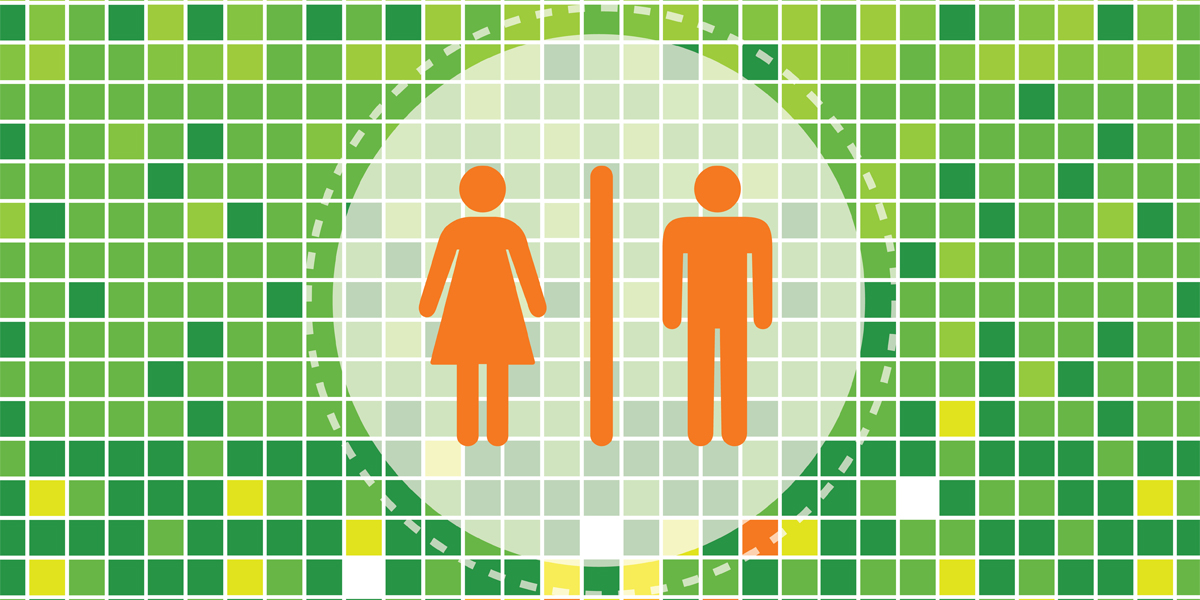
MCC
Data is essential for making evidence-based policy and investment decisions, and MCC does its part by making gender data public in partnership with Data2X.
Here at MCC, we feel that good data is essential for making evidence-based policy and investment decisions. But around the world, a lack of reliable gender data has hindered progress toward making smarter investments in women and girls. To encourage data sharing and collaboration – and in support of Sustainable Development Goal 5 to achieve gender equality – MCC is doing its part by committing to make all of its gender data public in partnership with Data2X. This United Nations Foundation initiative aims to improve the availability and utilization of gender data and demonstrate how better data can guide policy and lead to more effective development investments.
With our data release well underway, we at MCC have learned a few things we hope will help other organizations as they plan to release their gender data. Here are our top seven lessons learned:
- Define gender data. At the start of the process, MCC’s monitoring and evaluation system didn’t have a standard definition for what constitutes gender data, but now we’ve established definitions for what we classify as gender data. For monitoring data, our definition includes sex-disaggregated data, along with gender-specific data such as cervical cancer screenings and data from gender-targeted interventions. For evaluation data, our definition includes data related to gender-targeted interventions and data used to answer gender-specific questions.
- Format data to facilitate release. Monitoring data for many MCC compacts wasn’t initially in a format ready for release. The data needed to be in an error-free, sharable format compatible with a platform like the International Aid Transparency Initiative (IATI), a registry of comparable information on foreign assistance flows. So we created a schedule to ensure that monitoring data for these compacts are incorporated into MCC’s management information system as quickly as possible and then exported to IATI.
- Recognize limitations of existing platforms for publishing gender results data. Results data cannot be aggregated without significant standardization, and in some cases, another structure of data publication may be more useful to those accessing the data. For example, MCC’s results data can’t necessarily be joined with data from other donors to aggregate expected outcomes by age if reporting organizations use different age groupings to report their results. Going forward, MCC’s Data2X team plans to consider other possible platforms for gender data releases in addition to publishing results data to IATI.
- Make gender data accessible and systems more user-friendly. While evaluation data was already available on MCC’s data website, data.mcc.gov, there was a need for a searchable way to find gender-related evaluation datasets. To address this, we tagged datasets and added a feature to MCC’s data website that enables a search for all gender-related evaluations.
- Establish a data review and approval process. MCC has a disclosure review board (DRB) for evaluation data, but we didn’t have a mechanism in place to review monitoring data for disclosure risk and quality issues. To handle the large amount of gender data we’re releasing, we established a pilot process to ensure that datasets are reviewed carefully by appropriate staff and that care is taken to balance transparency with various disclosure risks. We’re learning from the pilot process and eventually will institutionalize a permanent process to complement the DRB.
- Align commitments with data collection and reporting. Through this process, we found a number of indicators marked as sex-disaggregated but never actually reported or collected as such. It’s possible they were designated inadvertently, were not removed after learning that a suitable data source did not exist, or the indicator tracking tables used for reporting were never expanded to accommodate the intended disaggregations. Data requirements established in monitoring and evaluation plans need to be reflected in the data collected and reported. MCC’s management information system – once fully functional – will make it much easier to track whether monitoring and evaluation plans align with data collection and reporting.
- Incorporate flexibility into data release timelines. Large-scale data releases bring unforeseen challenges. We quickly learned that existing MCC processes and systems were not built to promptly accommodate our gender data release. Flexibility to support the release of accurate, manageable data is critical.
Since MCC is continuously releasing data into the public sphere, we can immediately apply these lessons learned to our transparency efforts – including those beyond gender-related data. We also hope these lessons are helpful to other agencies and organizations looking to publish gender data, and welcome and encourage others to share their experiences and learning.
MCC’s gender-disaggregated results data can be found on mcc.gov/data in its MCC Country Program Data. These are robust .xml files that contain financial, programmatic and results data in the IATI data structure. The data can also be accessed in a simplified .csv file on mcc.gov/data.

